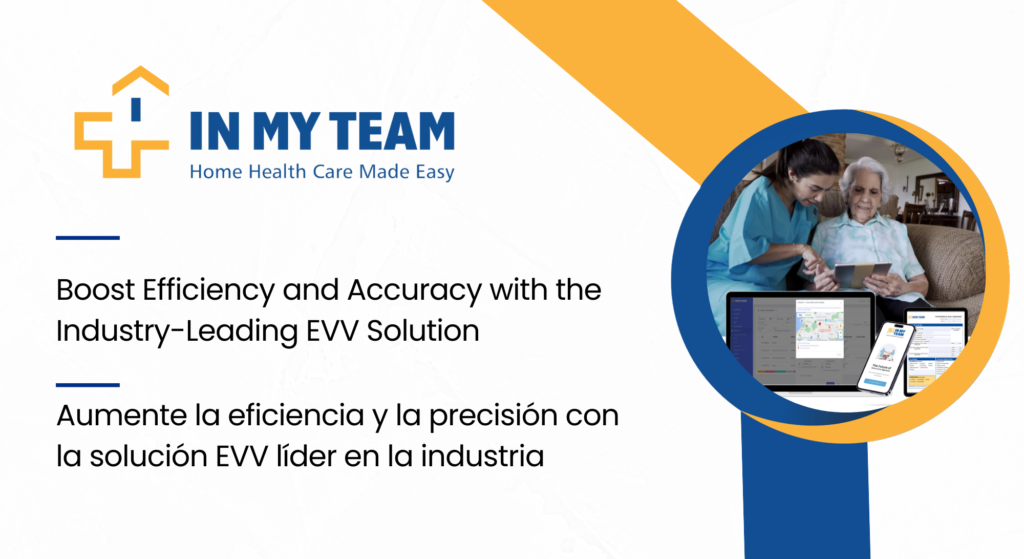What Florida providers need to know about EVV
What is Electronic Visit Verification?
Electronic Visit Verification (EVV) is a process that electronically verifies an in-home service. EVV is designed to ensure that patients get the care they are promised and to minimize fraudulent claims.
The electronic methods that can be used for EVV are:
- Telephone/land-lines
- GPS enabled mobile apps
- FOB devices
- Bluetooth Beacon
Each State decides which method is acceptable. While most States allow all of them, the most popular is the use of mobile solutions.
What are the Federal Government EVV requirements?
For over 20 years, the home health care industry has benefited from the use of Electronic Visit Verification. However, with the passing of The 21st Century CURES Act, it became a requirement for all home care services under Medicaid and Medicare.
According to the 21st Century CURES Act, all EVV systems must collect the following data:
- Date of the service
- Exact start and end times of the service provided
- Specific type of service
- Location where the service was rendered
- Legal name of the caregiver who performed the service
- Legal name of the patient who received the service
States that don’t comply with this EVV mandate, could lose up to 1% of their Federal Medical Assistance contribution to Medicaid and Medicare claims. Yet, they still get to decide how to collect and report the EVV data.
What is the State of Florida EVV Program Model?
Florida is defined as an “Open Model” state, which means that providers are free so chose any EVV system compliant with The 21st Century CURES Act and the below requirements:
- It must verify the utilization and delivery of home health visits, private duty nursing, & personal care services.
- It must identify and deliver details of the service while identifying/correcting fraudulent or inaccurate billing.
- It has to provide an interface for electronic billing and required electronic claims submissions.
This model was also implemented by other states such as Arizona, Arkansas Colorado, Delaware, Georgia, Hawaii, Indiana, Louisiana, Maine, Massachusetts, Michigan, Minnesota, Missouri, Nebraska, New Hampshire, North Carolina, Ohio, Pennsylvania, Rhode Island, Vermont, West Virginia, and Wisconsin.
How to select the right EVV Solution?
The use of EVV is just the tip of the iceberg when it comes to leveraging technology for business growth. Agencies must look forward to exceeding the 21st Century CURES Act requirements and stand out with Industry-Leading software solutions.
Here are 4 important questions to ask when choosing the right EVV integration:
- Does it interface with the aggregator(s) in my State?
- Does it integrate with GPS technology?
- Does it improve productivity and reduce expenses?
- How long do schedule and billing take?
InMyTeam is an “all in” Home Care Management Software that works with the main clearing houses of the country. We make sure your caregivers only need one App to make the EVV Clock-in and Clock-out, and our guide has been proven in several agencies -all of them are now EVV Compliant.
Let us help you and you will need only one system.
To learn more about how to improve your agency coordination, read this article:
Coordination at Home Health Care Agency
To request a Demo and Try us now for free for 14 days!
Please see below for a list of EVV resources to assist states in complying with CURES Act requirements:
- CIB: Additional EVV Guidance – August 2019
- Requests from States for Good Faith Effort Exemptions (PDF, 199 KB) – May 2019
- EVV Outcomes-Based Certification
- Home Care Association of Florida


